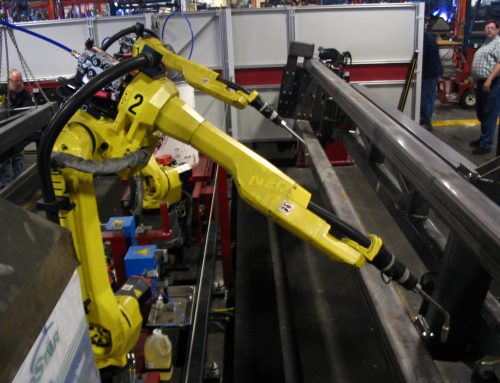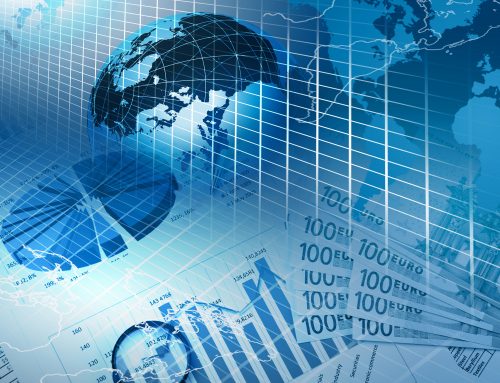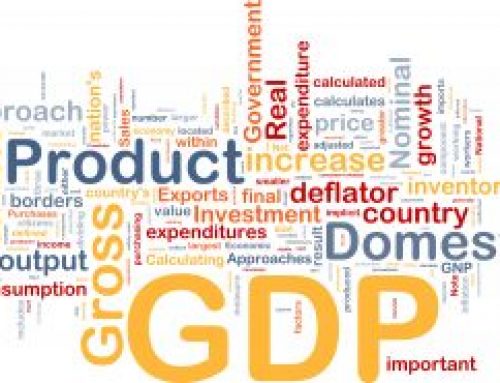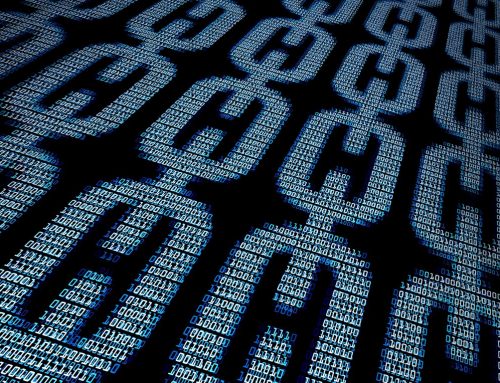Economic recovery from 2008’s Great Recession has been slow and tepid. The economy has not bounced back as it has after previous recessions. GDP growth has been at an anemic 2-3%, compared to the 4-5% GDP often seen during a recovery. It sank during the first quarter of 2014, likely due to the terrible winter the country experienced. Some believe the economy is too dependent on cheap money, that the housing market is too weak, and that wage, income, and job growth has been too low. Fed Chairwoman Janet Yellen attributes some of the weakness in the recovery to soft consumer demand. Others believe the economy still has lasting scars: “To many economists, the job figures are both proof of the sustained recovery and evidence of a painful transformation in how Americans earn a living.”
Some recent news, however, may give cause for optimism. The April jobs report showed an uptick in payrolls, and the economy added 217,000 non-farm payrolls in May, while unemployment stayed steady at 6.3%. The dollar is strengthening, supported by rising US Treasury yields. Consumer confidence is going up, albeit slowly, but on average, numbers are trending higher compared to 2008 and 2009. The National Federation of Independent Business released a survey of small businesses across the US. Collectively, concern over sales was at their lowest point since December of 2007, the start of the recession. This could also show a shoring up of consumer confidence. James Bullard, President of the St. Louis Federal Reserve, said that the FOMC (Federal Open Market Committee) is closer to its economic goals than it has been for five years.
The May jobs numbers gave the markets a quick jolt. Asian stocks reached their highest levels in three years on June 9, in part because of positive jobs news, one of the biggest laggards of the US recovery. The meeting by the Bank of Japan on June 13 acknowledged growth in overseas economies, though with some “lackluster performance still existing.” Japan’s economy has performed surprisingly better, growing 6.7% in the first quarter of 2014. Prime Minister Abe’s sales tax hike on April 1 did hit consumer demand and industrial production. Europe saw weakness much like the US did in the first quarter, but is expected to make up lost ground as the euro improves and import demand increases.
Looking Forward
As we move into the second half of 2014, what are economists predicting? Some use the 10-year Treasury yield as a barometer, and with a surprisingly healthy rate of 2.6% and predicted to head towards 3%, this could indicate things moving in a positive direction. Increasing the domestic production of oil and gas will reduce deficits. If consumer confidence continues to trend upward, that could also bode well for growth. Corporate earnings are at healthy levels and low interest rates have encouraged merger and acquisition activity. GDP looks like it will continue to expand. The Organization for Economic Cooperation and Development (OECD) predicts a 2.5% GDP for the remainder of this year, with numbers picking up to 3.5% in 2015. Most economists seem cautious, and with an unprecedented slow recovery, it appears prudent not to overreact to even the smallest upticks. However, unemployment is falling, consumer demand is increasing, and growth is edging higher. Indicators are leading to a positive outlook, just not as quickly as the country would like.






